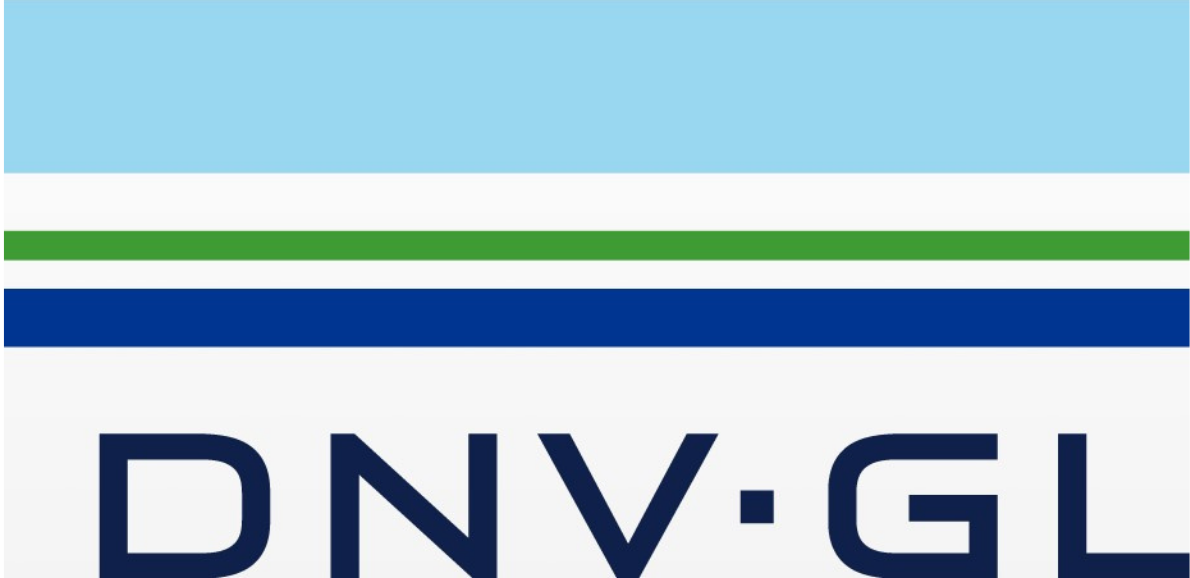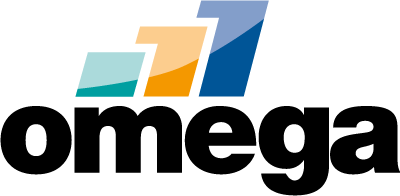What Is Enterprise Risk Management?
Enterprise risk management is a multifaceted process aimed at minimizing the risk to company’s capital and earnings. There could be several different types of risks for an organization that may include but not limited to:
- Strategic risks
- Regulatory risks
- Safety risks
- Operational risks
- Insurance risks
- Auditing risks
- Capital risks
Each of these types requires different types of expertise, and can be managed under independent silos of enterprise risk management. No matter the risk type there are a number of universal approaches to managing risks:
- Risk Avoidance — averting risks by negating actions or processes that might exacerbate risks
- Risk Mitigation — reduce the impact of risk and minimize damage.
- Risk Transfer — transferring the weight of the risk away from the business via insurance, etc
- Risk Acceptance — accepting risks when the expected profit outweighs the expected risk.

To minimize and manage risks, companies adopt Risk Management software that combines the following features:
- Identification: identifying and recording business risks, includes defining risks for a repository or allowing users to choose from a pre-established risk dictionary
- Assessment: assigning ratings to risks or developing detailed classifications based on multiple factors defined by individual business units
- Monitoring and testing: Defining key risk indicators (KRIs) and recording the effectiveness of risk management processes
- Reporting and dashboards: Monitoring risks and solutions with easy-to-understand visual reporting and dashboards
- Regulatory compliance: Ensuring the company’s risk management processes meet all necessary regulatory compliance by defining and tracking processes and required compliances
- Issue management: Managing the execution of key risk-based projects and ensuring critical risk management issues are identified and accounted for.
- Document management: collaborating and sharing documents and reports in real time.
We present to you the top 10 Risk Management Solutions.
#1. Resolver

Resolver is a tool that focuses primarily on risk planning and preparation for organizations of all sizes and from all industries. It supports early planning of risk identification, in stages when project objectives and regulatory requirements are still in the making. Resolver uses its Resolver Ballot to facilitate a data-driven approach for conducting the risk assessment. The platform offers flexible reporting options where users can visualize risk matrix summaries, trending threats, and heat maps that can be exported into spreadsheets and presentations. Resolver comes with an incident management module that establishes links between and tracks risks associated with external events. For risk prioritization and analysis, the platform uses a risk-scoring algorithm that ranks threats based on priority and severity level. Resolver lets users manage and monitor each vulnerability assessment and mitigation technique used to resolve it through a centralized dashboard, that allows easy tracking of total risks assigned, resolved and unresolved. Resolver integrates with 40+ apps.
#2. Integrum

Integrum is an award-winning risk management software that helps companies accelerate their business through managing and reducing risks. The platform is highly configurable and is built for the health and safety management of an organization. Integrum helps companies in identifying potential risks before, during and at the end of a project using the artifacts for incident, investigation and document management. Integrum’s BI reporting system allows users to create dashboards, reports and graphical analysis of their mitigation plans.
With Integrum, teams can access potential and identified risks from a centralized hub where data can be moved from one board to another via drag and drop option. Integrum proffers a wide range of integrations to help legacy systems streamline their processes and business growth.
#3. SpiraPlan

SpiraPlan is an enterprise risk management solution that helps foster a risk-aware business culture within companies of all sizes. The platform supports businesses throughout the risk life-cycle: risk identification, assessment, analysis, tracking, mitigation, and reporting. Risks in SpiraPlan are a separate artifact with their own types, attributes and workflows and are fully integrated with requirements, project management, issue-management and task-tracking modules of SpiraPlan.
SpiraPlan’s built-in risk matrix helps users identify and assess potential risks - they can assign risk scores for easy prioritization, assessing and assigning scores to each identified risk. Users can analyze and categorize risks by importance: probability, impact and exposure. SpiraPlan provides native support for adding, scheduling and tracking for the various mitigations to the risk. SpiraPlan has executive dashboards with risk widgets that include a Risk Register that lists the most important risks and a risk cube that displays a colored matrix of risk probability. Risks also include a full audit trail of any changes made to the risk.
#4. Primavera Risk Analysis

Oracle’s Primavera Risk Analysis is a full lifecycle risk analytics solution. The platform helps determine confidence levels for project success together with quick and easy techniques for implementing contingency and risk response plans. With Primavera Risk Analysis, teams can identify common scheduling pitfalls, while integrated, pre-developed risk registers help in producing accurate risk analysis results. The Primavera’s Templated Quick Risk feature uses a template approach to assign uncertainty risk distributions to tasks based on the work breakdown structure, activity code, user-defined field, or filter. With the platform's advanced cost and schedule analytics, users get a full-lifecycle risk management through risk models that estimate uncertainty, determine task existence, deploy probabilistic or conditional branching, assess fixed-cost, variable-cost and resource uncertainty, etc.
#5. Fusion Framework System

The Fusion Framework System is a cloud-based risk and continuity management software that helps gather, organize, and analyze information to support better decision making. Fusion Framework System is designed for risk practitioners in finance, banking, retail, manufacturing, technology, insurance, healthcare and more. Fusion helps users align strategic objectives with key risk management techniques and helps monitor risk within the enterprise. With Fusion, users can perform assessments and establish inherent and residual risks. Risk management modules help companies identify risks, control deficiencies, determine responses, and develop action plans that can be tracked to closure. Fusion Framework engages all levels of the organization with interactive dashboards and reports. Through data visualization capabilities, businesses can see the connection between processes, dependencies, risks and business impacts.
#6. Optial Risk Manager

Optial is a flexible, multi-module software platform for the management of key business assurance measures, including, risk, compliance, and auditing. The platform was designed to work with companies in industries like finance, manufacturing, and health among others. Optial solutions for incident management facilitate the capture, assessment and investigation of events before categorizing severity, prioritizing and analyzing trends to identify root cause. Optial’s risk management module then utilizes risk registers to identify and store risk data, linking risk records to key controls, etc. With Optial, users can generate
risk assessments automatically, manually or ad-hoc using customizable workflows. Risks can be assigned to the right people, while notifications and reminders help keep everyone on track. The platform allows teams to track key risk indicators, KPI’s and key control indicators over time and leverage scenario analysis to determine worst and best case impacts. Optail comes with built in multi-language reporting, dashboards, heat-maps, trend charts, tables and more.
#7. CURA’s Enterprise Risk Management

CURA offers solutions for project risk management, enterprise risk management, operational risk management, and incident risk management. It provides companies with the expertise of supervising predictable, hidden, or recurring risks, in accordance with its impact and probability. With CURA’s Governance Risk Compliance, users can identify risks and regulatory requirements at any stage of the project. CURA’s project risk management is extremely flexible. Users can link risks to projects to conduct vulnerability assessment as part of the standard decision-making process. The platform allows teams to communicate on the risk management process within the organization and with outside stakeholders or clients. CURA’s Goals & Objectives functionality lets project managers examine and monitor each member’s performance and activity, related to risk remediation. CURA comes with a highly configurable risk reporting feature with flexible dashboards. Reports can be made as lists, tables or interactive graphs.
#8. Synergi Life

Synergi Life is a risk management tool by DNV GL, targeting enterprise-level business applications. It comes as a complete business solution for risk as well as QHSE (quality, health, safety, environment) management. The platform helps users manage risk assessments and analyses, non-conformances, audits and provides a channel for suggestions for improvement. It also uses workflow processes to help teams communicate, report, manage corrective actions and experience transfer, trends and KPI monitoring. Each component module within Synergi Life measures compliance against formal regulations, stipulations, protocols and standards. Audit and Risk Management modules work in tandem to identify potential threats or deviations from those agreed standards. Synergi Life mobile app works on iPhone and Android and facilitates rapid “remote” incident reporting, feedback gathering and action delegation.
#9. Pims Risk Management by Omega.no

Pims is one of the best risk management software helping teams with risk identification, mitigation, and management. It comes with a simplified interface that users can swiftly learn and be able to work. System allows users to retrieve relevant information regarding risks, add risks or perform editing. Pims has a document management module that allows users to store documentation, assess past risks and develop historic risk profiles. Pims Risk Management comes with the following features: Auditing, Corrective Actions (CAPA), Dashboards and Risk Assessment.
#10. StandardFusion

StandardFusion is a cloud-based GRC platform designed to allow organizations to quickly and easily manage risks, comply with standards, and follow best practices.
StandardFusion features for risk management help users to identify, assess, and treat risks by leveraging the platform's integrated threat library. Once a risk is identified, users can assess them using one of the various built-in qualitative and quantitative risk methodologies, or define custom calculations. StandardFusion allows users to map all risks to mitigating controls to demonstrate how the organization treats its most critical threats. Tools for data and reporting allow users to generate detailed compliance reports, or high-level executive summaries, including analytics to monitor the status of risks and their evolution over time.
Honorable Mentions:
- 360 Factors
- Active Risk Manager
- Camms
- CyberOne
- Essential ERM
- ETQ
- Fusion Framework System
- Intelex
- Lockpath
- LogicGate
- LogicManager
- MetricStream
- Onspring
- Protecht
- Quantivate ERM
- Risk Management Studio
- SAS
- Scarlet ERM
- VendorINSIGHT
- Workiva
Background Resources
- https://sourceforge.net/software/risk-management/ (“Other tools”)